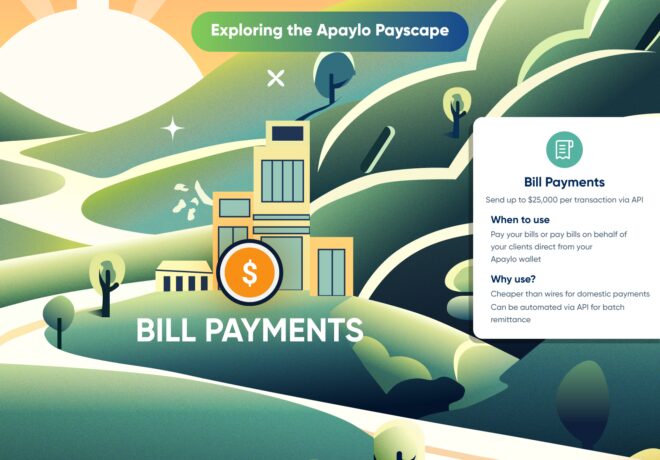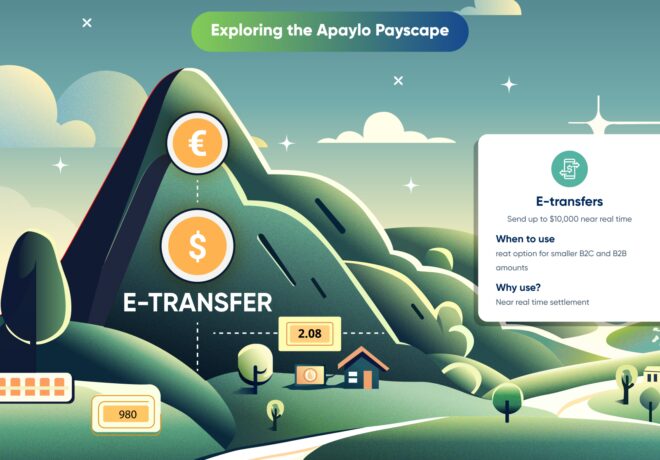Pioneering Digital via Payments Canada and Interac
Digital payments have become an essential method of money transfer in Canada, used by both private individuals and companies alike in their financial management. The software and physical equipment to accommodate these payments process more than $200 billion every business day according to the Bank of Canada. One may ask though, where did this all begin? Starting off the decade with a future-thinking focus, the Canadian Payments Association was established in 1980, to both regulate and maintain the directories of bank routing numbers. Just four years later, a cooperative venture between Canada’s major banks resulted in the Interac Association. While they started with Debit ABM withdrawals and Chip/PIN usage for cards, they developed a swathe of new services and partnerships for 1996, including online payments. The Large Value Transfer System, or LVTS bylaw was approved 2 years later in 1998. This electronic wire system facilitated the irrevocable transfer of payments in Canadian dollars from coast to coast amongst Canadian financial institutions. This high-value payment system was only recently replaced this past September with Lynx, which is compliant with both Canadian and international risk standards. Lynx facilitates end-to-end support for the global ISO 20022 messaging standard; a necessity for data-rich payments.
The Canadian Payment Act
Stepping back to 2001, the Canadian Payment Act was implemented to both establish and operate country-wide systems. These systems were built for the clearing and settling of payments, and other arrangements in relation to payments. The Act was also meant to accommodate further development of burgeoning payment methods and technologies. Such technologies include Interac’s venture into mobile payment solutions, as the number of Canadian cell phones continued to rise. As the digitization of the population grew more and more, so too did the preference to conduct banking this way over cheques and cash. In 2013, image captured payment exchange was an option put into place. When receiving physical cheques, one could capture them through such devices as smartphone cameras. This allowed both private and commercial personnel to obviate a visit to a bank for deposits. Such technology bolstered the already growing amount of EFTs, or electronic fund transfers, conducted in the Canadian financial market daily.
COVID and Digital Payment’s Future
The COVID-19 pandemic served as a catalyst for many businesses to begin or further develop their digitization, and banking was no different. There was a sharp hike in contactless payments at this time; increasing 13% in volume and 10% in value year-over-year in 2020. This was largely attributed to the increasing public concern about viral transmission. After all, sending a secure email was a lot safer than the physical exchange of currency, be it in private or business settings. The majority of all these contactless transactions, 62%, was attributed to debit, showcasing the continual need for Interac and digital payments in the marketplace. With low fees compared to credit payment methods, the market for Email Money Transfer services is only poised to grow as contactless payments increase, both out of security and utility. In the digital realm payments in Canada were once dominated by credit cards. Now debit payments are on the rise as well, as the multibank collaboration that is Interac becomes used for ecommerce by business titans like Walmart. No matter the scale of your business, if you operate at any level within Canada finding the right digital payment methods will ensure your success in the long term. Email Money Transfer (EMT), of Canadian origin, should be chief among your considerations.
How Can Your Business Benefit From Email Money Transfers
There are several use cases for your business to incorporate Email Money Transfers into your current payment process. The most common reasons for the use of the Email Money Transfer payment rail are settlement time (almost instantly or up to 30 minutes), lower risk of NSF and chargebacks (as it is a payment that is pushed from your customer’s account), its ease of integration (simple API process), the added functionality (send/receive and request funds), and the historically popular use of it as a payment method in Canada. People in Canada are quite familiar with EMTs as a form of sending and receiving funds.
If you would like to explore Email Money Transfer for your business contact us!






